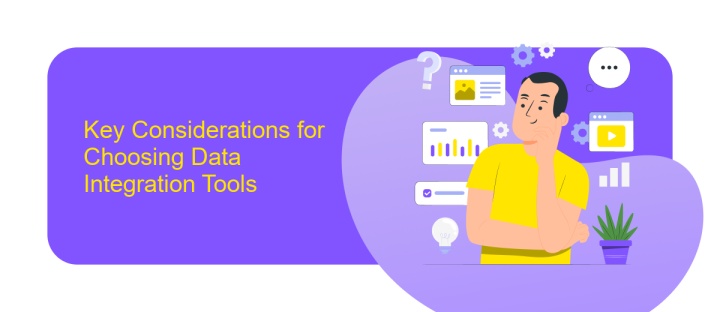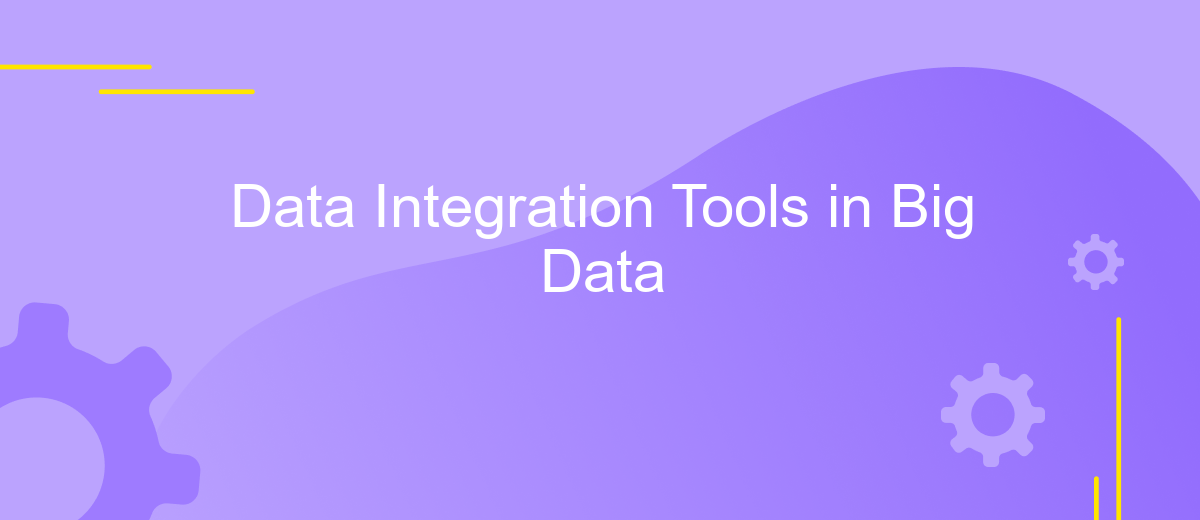Data Integration Tools in Big Data
In the rapidly evolving landscape of big data, the ability to seamlessly integrate diverse data sources is critical for deriving meaningful insights. Data integration tools play a pivotal role in this process, enabling organizations to combine, transform, and manage vast amounts of data efficiently. This article explores the significance of data integration tools in big data, highlighting their features, benefits, and impact on data-driven decision-making.
Introduction to Data Integration in Big Data
In the era of big data, integrating diverse data sources has become crucial for organizations aiming to derive meaningful insights. Data integration involves combining data from different sources to provide a unified view, facilitating better analysis and decision-making. As data continues to grow in volume, variety, and velocity, effective integration becomes more challenging yet essential.
- Data Variety: Handling structured, semi-structured, and unstructured data from multiple sources.
- Data Volume: Managing large quantities of data efficiently.
- Data Velocity: Integrating data in real-time to ensure timely insights.
With the right data integration tools, organizations can streamline their data processes, ensuring data consistency and quality. These tools help in automating data workflows, reducing manual efforts, and minimizing errors. As a result, businesses can leverage integrated data to gain competitive advantages, improve operational efficiencies, and drive innovation. Understanding the fundamentals of data integration is key to unlocking the full potential of big data analytics.
Key Considerations for Choosing Data Integration Tools

When selecting data integration tools for big data, it is essential to first evaluate the scalability and flexibility of the solution. As data volumes grow, the tool should efficiently handle increased loads without compromising performance. Additionally, flexibility in terms of supporting various data formats and sources is crucial. A tool that can seamlessly integrate structured, semi-structured, and unstructured data from diverse platforms will provide a more comprehensive and unified data view.
Another key consideration is ease of use and the level of automation provided by the integration tool. Tools like ApiX-Drive offer user-friendly interfaces and automation capabilities that simplify the integration process, reducing the need for extensive coding knowledge. This not only speeds up deployment but also minimizes errors. Furthermore, consider the tool's compatibility with existing systems and its ability to provide real-time data processing. Finally, evaluate the security features to ensure data protection and compliance with industry standards. A robust tool should offer encryption, access controls, and audit trails to safeguard sensitive information.
Popular Data Integration Tools and Their Features

In the realm of big data, data integration tools play a crucial role in consolidating diverse data sources into a unified view. These tools facilitate seamless data flow, ensuring that organizations can make informed decisions from their vast data repositories. As the demand for efficient data integration grows, several tools have emerged as leaders in the field, each offering unique features tailored to different needs.
- Apache Nifi: Known for its user-friendly interface, Apache Nifi excels in automating data flow between systems. Its drag-and-drop feature simplifies complex data routing tasks.
- Talend: Talend offers an open-source platform that supports real-time data integration. It is renowned for its extensive range of connectors and robust ETL capabilities.
- Informatica PowerCenter: This tool provides high-performance data integration with advanced data transformation features, making it ideal for large enterprises.
- Microsoft SQL Server Integration Services (SSIS): SSIS is a powerful ETL tool that integrates seamlessly with the Microsoft ecosystem, offering comprehensive data transformation solutions.
These tools not only enhance data accessibility but also ensure data accuracy and consistency across platforms. By leveraging the strengths of these popular data integration tools, organizations can effectively manage and utilize their big data assets to drive business growth and innovation.
Use Cases and Examples of Data Integration in Big Data

Data integration in big data is pivotal for organizations aiming to harness the full potential of their data assets. It involves merging data from various sources into a cohesive system, facilitating seamless data analysis and decision-making. This integration is crucial for businesses to gain comprehensive insights, enhance operational efficiency, and drive innovation.
Use cases for data integration in big data span across multiple industries. In healthcare, integrated data systems enable personalized patient care by combining medical records, treatment history, and genetic information. In finance, data integration helps in risk management and fraud detection by analyzing transactional data and market trends.
- Retail: Integration of sales data, customer feedback, and supply chain metrics to optimize inventory management.
- Telecommunications: Combining network performance data and customer usage patterns to improve service quality.
- Manufacturing: Integrating IoT sensor data with production schedules to enhance predictive maintenance.
Overall, data integration tools are indispensable for organizations seeking a competitive edge in the big data landscape. By effectively consolidating disparate data sources, companies can unlock new opportunities, streamline operations, and make data-driven decisions that propel business growth.


Future Trends in Big Data Integration
As big data continues to evolve, the integration landscape is set to embrace several transformative trends. One significant trend is the increased adoption of artificial intelligence and machine learning to enhance data integration processes. These technologies enable more efficient data mapping, transformation, and error detection, leading to more accurate and timely insights. Additionally, the rise of cloud-based platforms is revolutionizing data integration, offering scalable and flexible solutions that accommodate the growing volume and variety of data. This shift is empowering businesses to integrate data from disparate sources seamlessly, ensuring real-time accessibility and analysis.
Another emerging trend is the focus on self-service integration tools, such as ApiX-Drive, which allow non-technical users to configure data integrations without extensive coding knowledge. This democratization of data integration is fostering innovation and agility, as teams can rapidly adapt to changing data needs. Furthermore, the emphasis on data governance and security is intensifying, with organizations prioritizing robust frameworks to protect sensitive information during integration processes. As these trends converge, the future of big data integration promises to be more automated, accessible, and secure, driving enhanced decision-making and business outcomes.
FAQ
What is data integration in the context of big data?
Why is data integration important in big data analytics?
What are some common challenges in data integration for big data?
How can businesses automate data integration processes?
What factors should be considered when choosing a data integration tool?
Routine tasks take a lot of time from employees? Do they burn out, do not have enough working day for the main duties and important things? Do you understand that the only way out of this situation in modern realities is automation? Try Apix-Drive for free and make sure that the online connector in 5 minutes of setting up integration will remove a significant part of the routine from your life and free up time for you and your employees.

